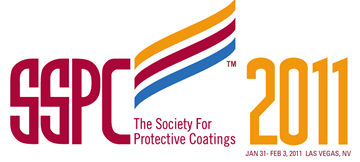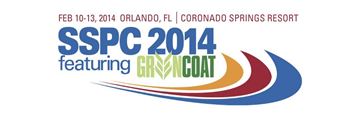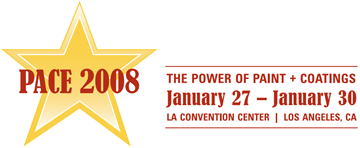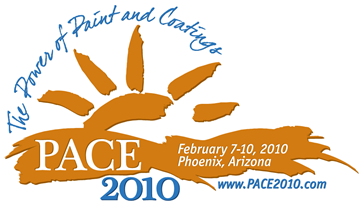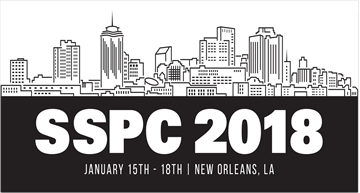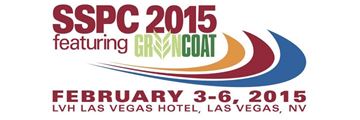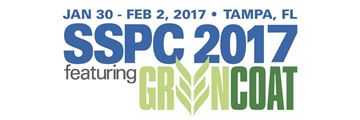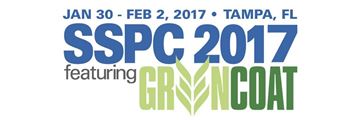Search
Products tagged with 'regulations'
View as
Sort by
Display
per page
Regulatory Update: Current and Emerging Trends in Occupational and Environmental Health
Product Number:
41212-683-SG
Publication Date:
2012
$20.00
Regulatory Update: Current and Emerging Trends in Occupational and Environmental Health
Product Number:
41211-618-SG
Publication Date:
2011
$20.00
Regulatory Update: Current and Emerging Trends in Occupational and Environmental Health
Product Number:
41214-828-SG
Publication Date:
2014
$20.00
Regulatory Update: Current and Emerging Trends in Occupational and Environmental Health
Product Number:
41216-975-SG
Publication Date:
2016
$20.00
Regulatory Update: Current and Emerging Trends in Occupational and Environmental Health
Product Number:
41208-423-SG
Publication Date:
2008
$20.00
Regulatory Update: Current and Emerging Trends in Occupational and Environmental Health
Product Number:
41210-542-SG
Publication Date:
2010
$20.00
Regulatory Update: Current and Emerging Trends in Occupational and Environmental Health
Product Number:
51218-124-SG
Publication Date:
2018
$20.00
Regulatory Update: Current and Emerging Trends in Occupational and Environmental Health
Product Number:
41215-904-SG
Publication Date:
2015
$20.00
Regulatory Update: Current and Emerging Trends in Occupational and Environmental Health
Product Number:
51217-049-SG
Publication Date:
2017
$20.00
Regulatory Update: New and Revised Regulations and Actions Effecting the Coatings Industry
Product Number:
51219-198-SG
Publication Date:
2019
$20.00
Regulatory Update: New and Revised Regulations and Actions Effecting the Coatings Industry
Product Number:
51220-252-SG
Publication Date:
2020
$20.00
Respirable Crystalline Silica, It’s History, Disease and Osha’s New Standards: Understanding the New Regulations
Product Number:
51217-041-SG
Publication Date:
2017
$20.00


